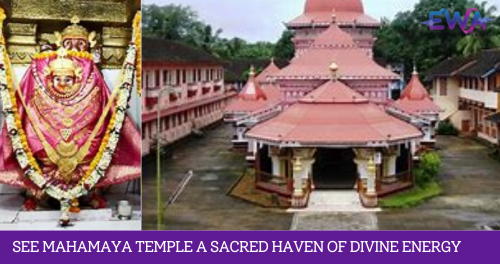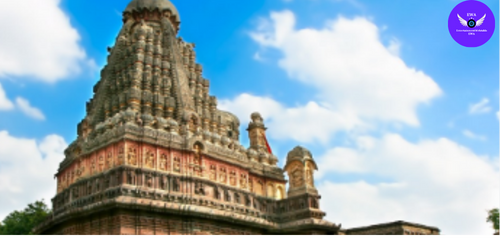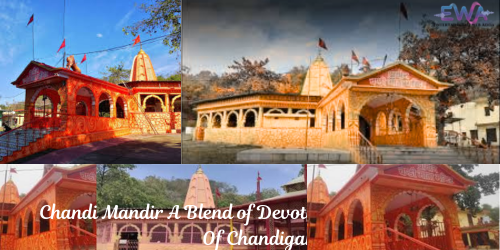Narmada Parikrama Route: A Complete Guide for Devotees
Narmada Parikrama
One of the holiest pilgrimages in Hinduism is the Narmada Parikrama, which involves walking around the sacred Narmada River. It is thought that this age-old spiritual path offers spiritual emancipation and countless blessings. Usually done on foot, the Parikrama (circumambulation) travels thousands of kilometers along both banks of the river.

Origin of the Narmada River
Madhya Pradesh’s Amarkantak is where the Narmada River begins. One of India’s seven sacred rivers, it is frequently called “Shankari” since it is thought to have arisen with the blessing of Lord Shiva. In contrast to other rivers, the Narmada is revered as a goddess, and followers believe that its waters have cleansing properties.
Significance of Narmada Parikrama
According to Hindu texts, completing the Narmada atones for sins and brings about moksha, or emancipation. Since rivers are thought to be divine manifestations of deities, walking around one is regarded extremely auspicious, in contrast to temple worship.
Also read about the Vasuki Indicus
Route of Narmada Parikrama
The Narmada Parikrama follows a precise itinerary encompassing both banks of the river. The trek starts and ends at Amarkantak.
- Important Sites along the Parikrama Path
- The hallowed beginning is known as Amarkantak, or the Narmada’s origin.
- Dindori is a religiously significant historic town.
- Jabalpur is the location of well-known landmarks including Marble Rocks and Bhedaghat.
- Hoshangabad: renowned for its Narmada banks’ temples and ghats.
- On the river island sits the holy Jyotirlinga shrine known as Omkareshwar.
- Maheshwar is a medieval town with well-known temples and ghats.
- Another significant location with strong spiritual ties is Barwani.
- The westernmost point before the river empties into the sea is Bharuch, Gujarat.
- Ankleshwar is well-known for its numerous historic temples.
- Mandla and Ramnagar are locations of profound mythical meaning.
- Going back to Amarkantak and finishing the Parikrama.
Rules and Guidelines for Parikrama
- Finish the Trip on Foot: Walking the river’s course is the way to perform True Parikrama.
- Go with the Correct Bank First, pilgrims begin on the right bank and make their way back on the left.
- Refrain from taking shortcuts; instead, follow the river’s natural path.
- Do Not Carry Water from Narmada: The idea is that the water in the river should not be removed from its course.
- Eat Sattvic Food: Simple, vegetarian meals are advised for devotees.
- Remain Close to the Riverbanks: Along the way, you should make nighttime stops in temples, ashrams, or dharamshalas.
- Avoid Using Vehicles: Without the use of contemporary transportation, true parikrama should be done on foot.
- Preserve Your Spiritual Discipline: It’s crucial to recite mantras and keep your heart pure.







Pingback: Mana Village A Ancient Gateway to Heaven in Hindu Mythology